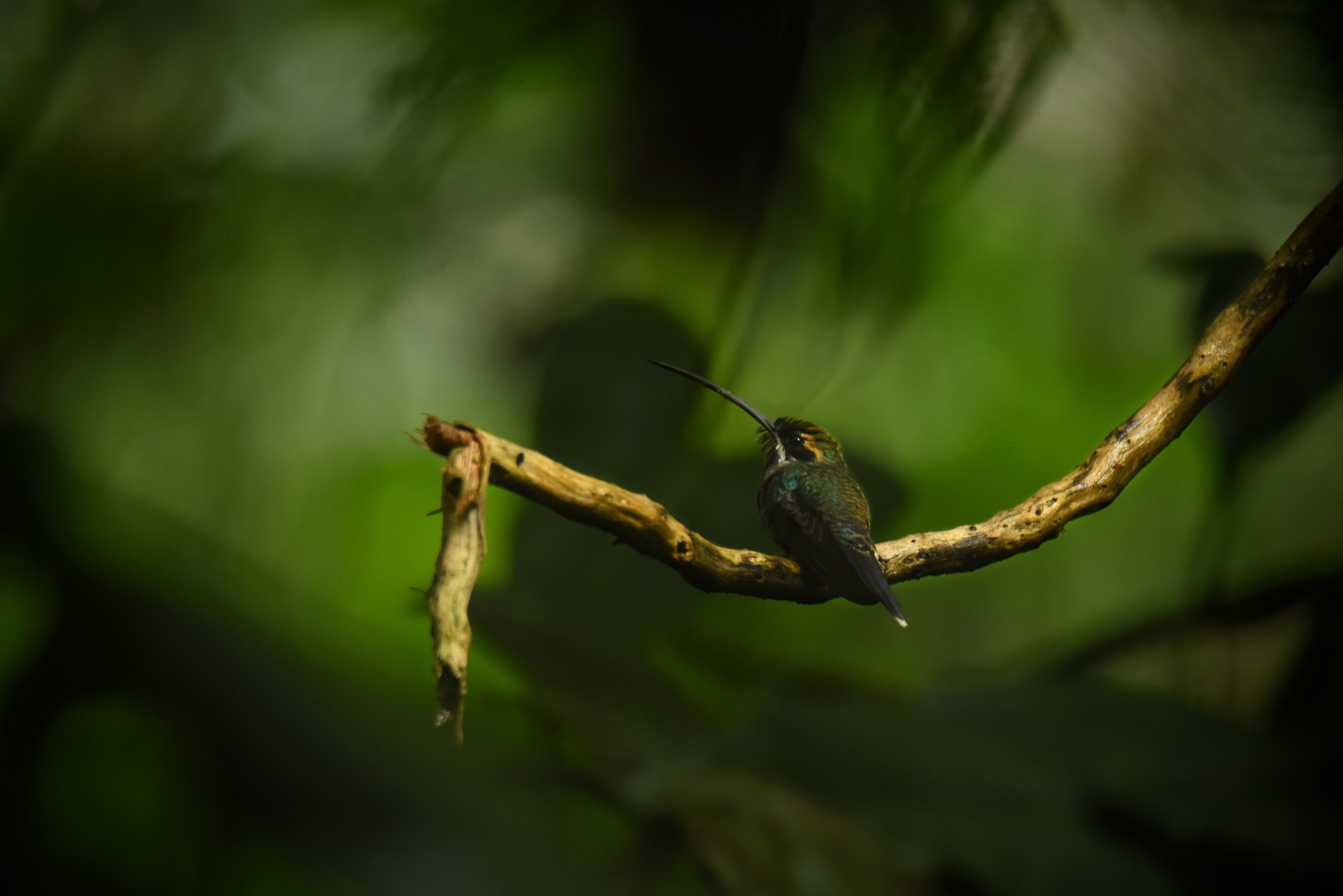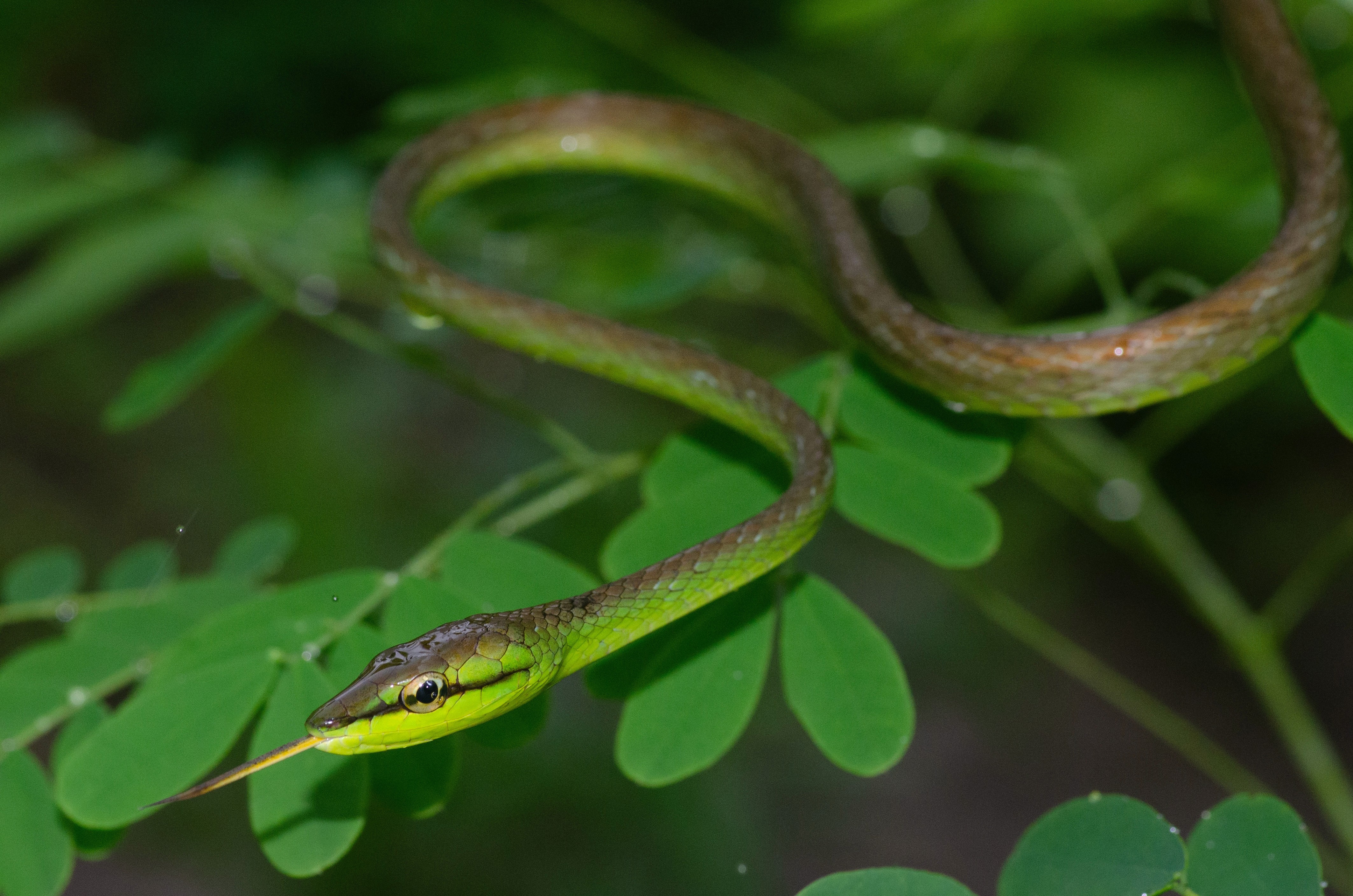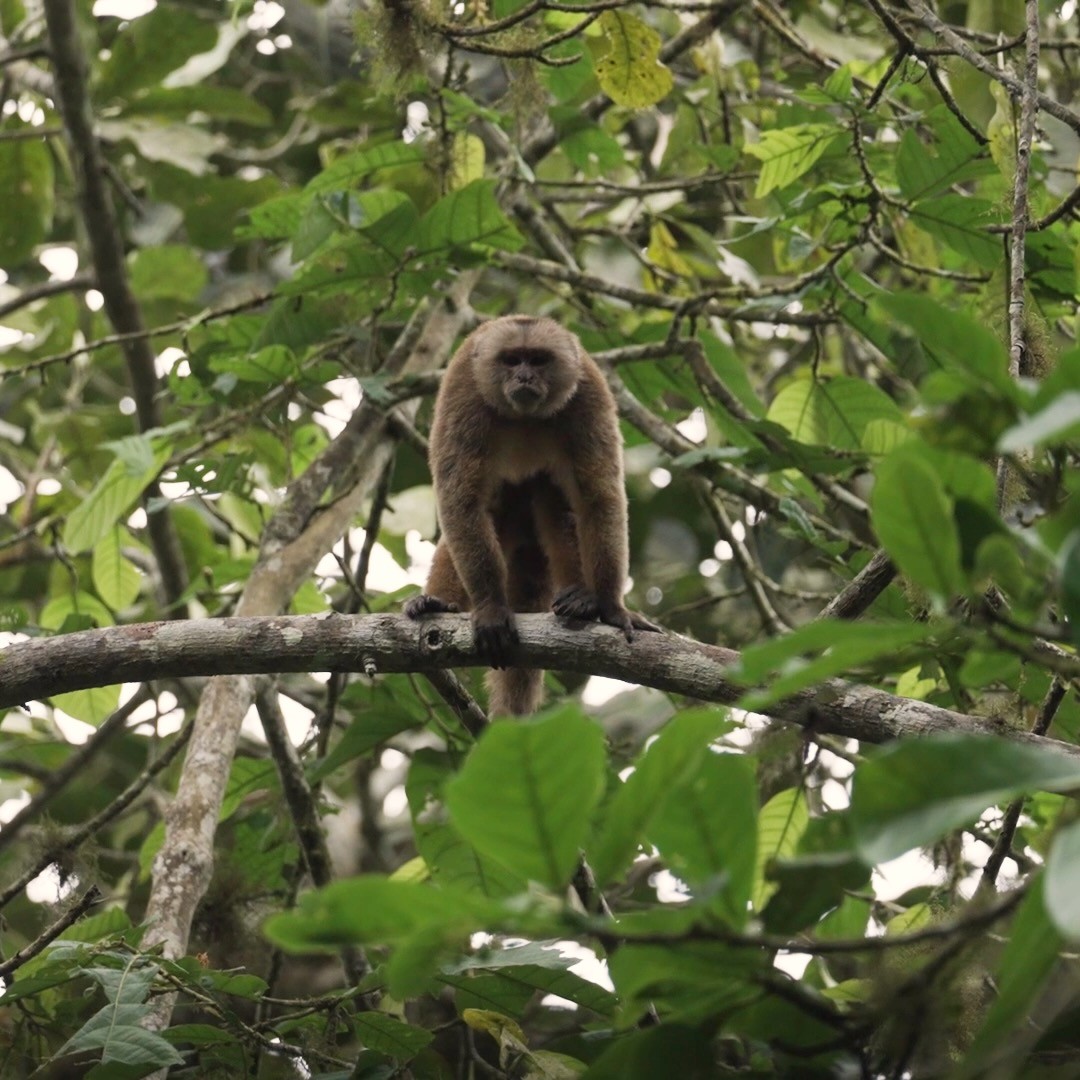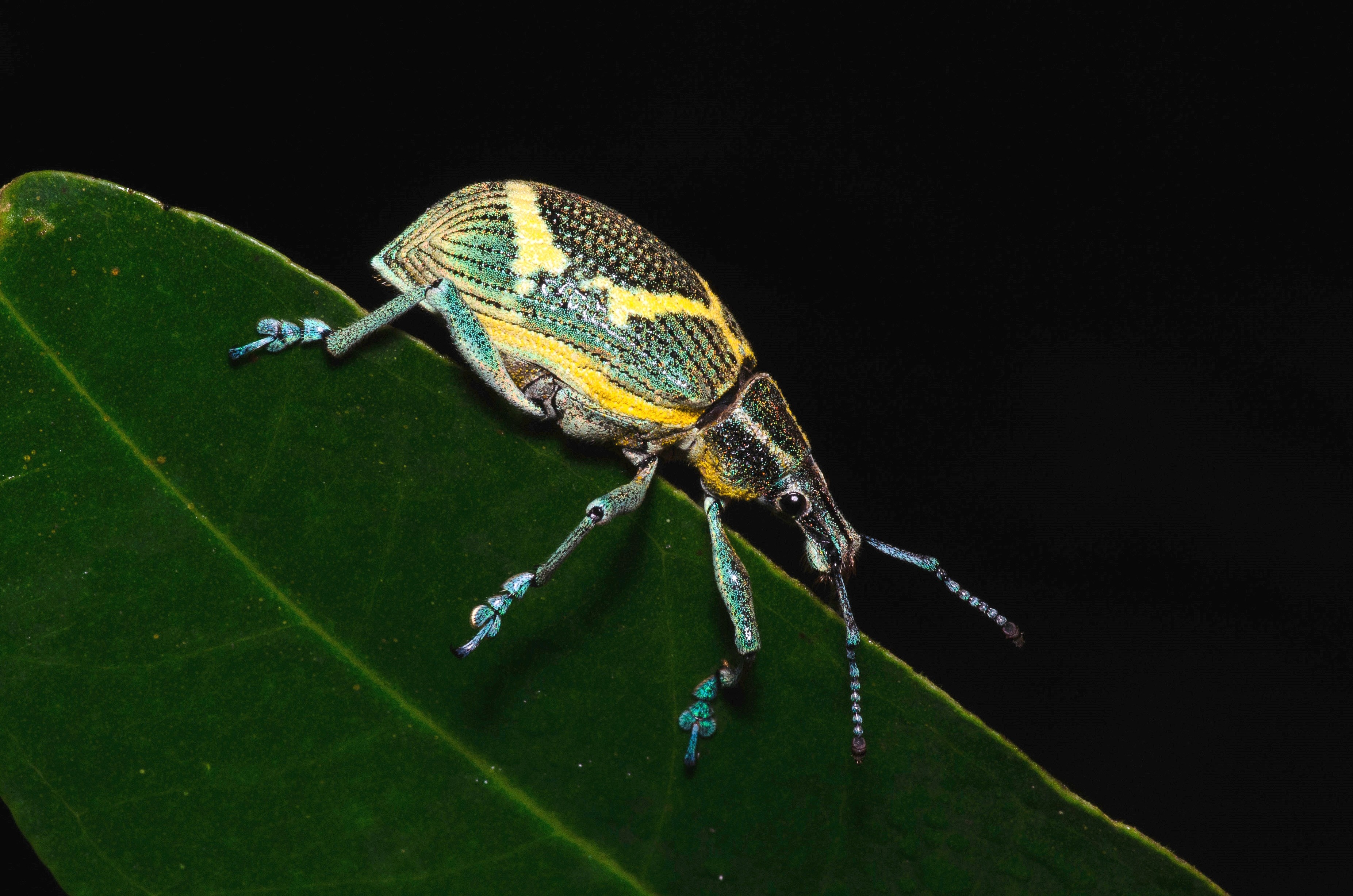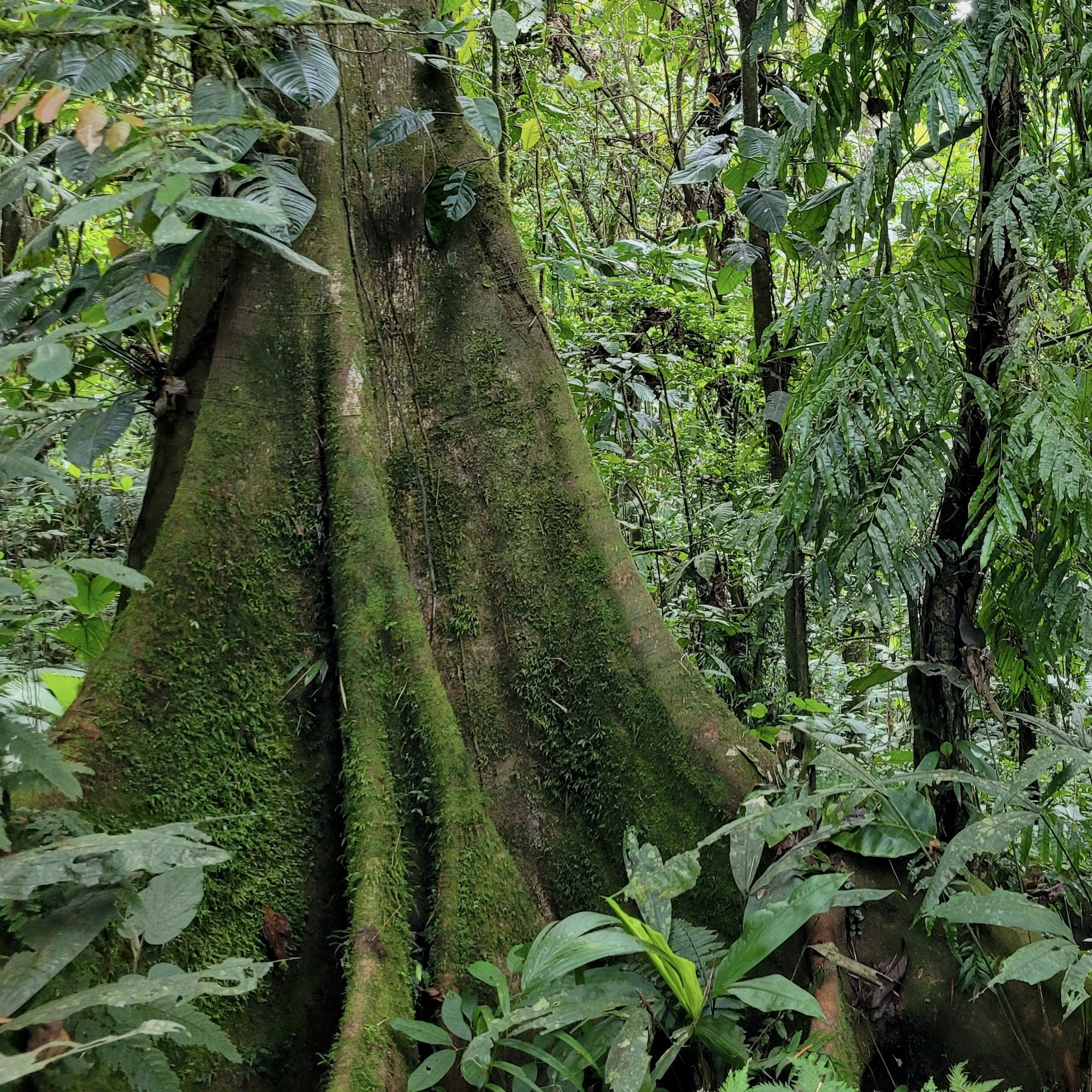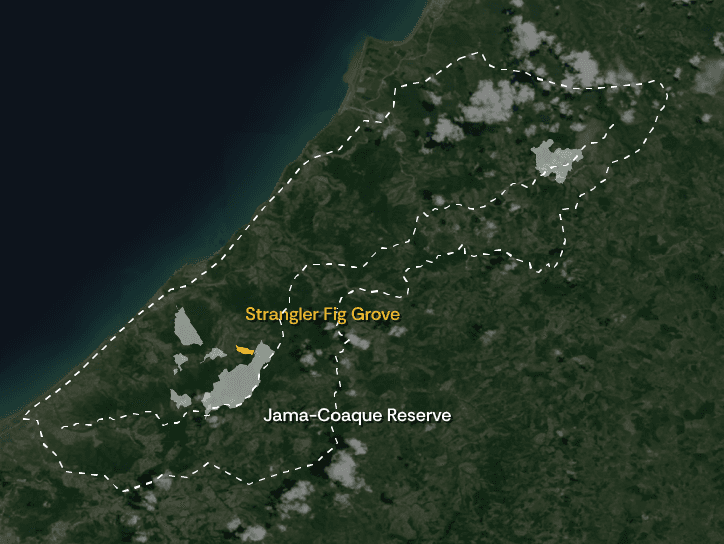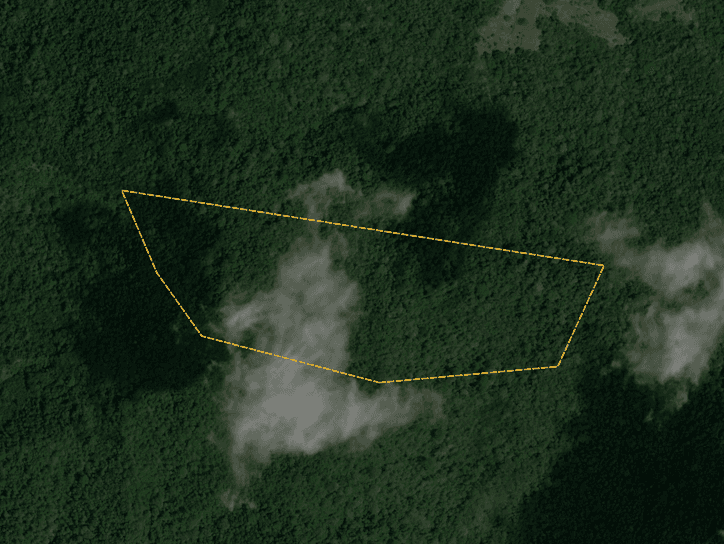Strangler Fig Grove
Expanding into the Tabuga river basin
$46,241 US
+$3,237 Annually (7% Mmgt Fee)
Total Area
74 acres
Forested
100%
Restoration Needed
0%
CO2 Benefit
240.7
tons/yr
Vista
Cloud Forest
Moist Forest
Strategic Value
Strangler Fig Grove represents an expansion of the Jama-Coaque Reserve into the Tabuga river basin. Ecologically, it sits at the transition zone between moist tropical evergreen forest and premontane cloud forest. It is named after the strangler fig, which is common in this section of forest and one of the most interesting species in the region. It grows up and wraps around host tree, eventually engulfing it, en route to reaching great heights of 100-150 feet tall.
Carbon Benefit
Sponsoring this property today and continuing to conserve over the long term has an annual carbon benefit of 240.7 metric tons of CO2. That is equivalent to 77.4 private jet flight hours or the annual energy use of 18 average American homes.

